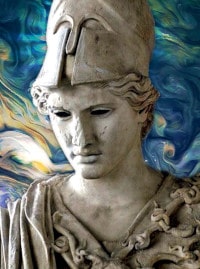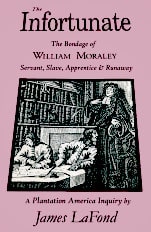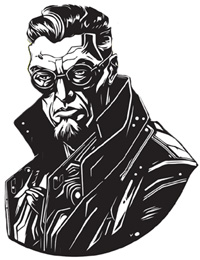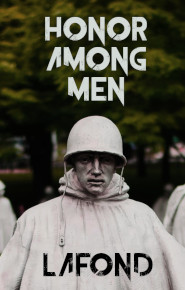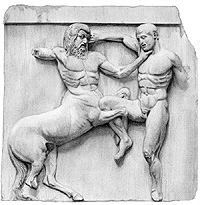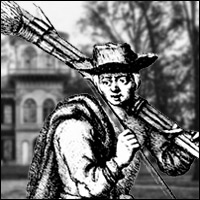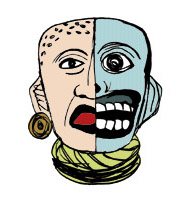In this brief article on how scientists were inspired to map Pre-Colonial Manhattan Island, I learned about the Muir web, a system of reconstructing a habitat based on known animals and inferring relationships with animals and plants for which there is no record.
The modeling technology brings to life an amazing wilderness that must have been spell binding for some and horrifying for others, coming as they did from an utterly tamed environment. The picture of Manhattan before and after shows that man is far inferior to nature in his works. The biggest difference in general, on the pre-Colonial coast was the massive size of the trees. But with Manhattan we have an island that has literally been bulldozed. The topography was very interesting in 1609, and looked much closer to a Tolkienesque shire in Revolutionary times, than the paved slab with a garden in the middle we have now.
The funny part of this story was the beaver named Jose who moved into Manhattan almost a decade ago and inspired this project. Beaver, which was the target animal for the first wave of colonial extinction projects, has a lot of effect on the ecology because he is a builder of dams. What was really telling was the fact that the Dutch trashed the island before the Brits took over, poisoning the fresh water almost immediately.
For a little taste of what the eastern United States might have looked like from the deck of the first European ships check out the link below.
link › themannahattaproject.org


